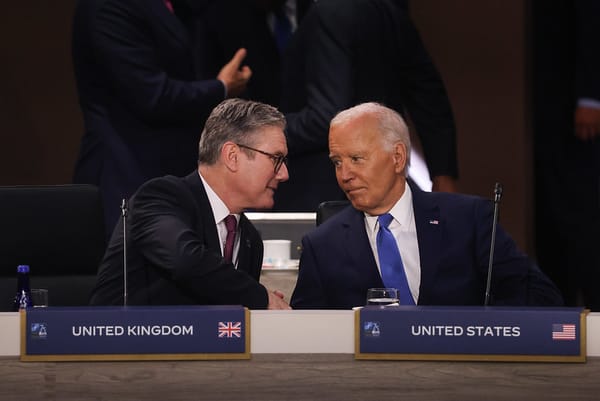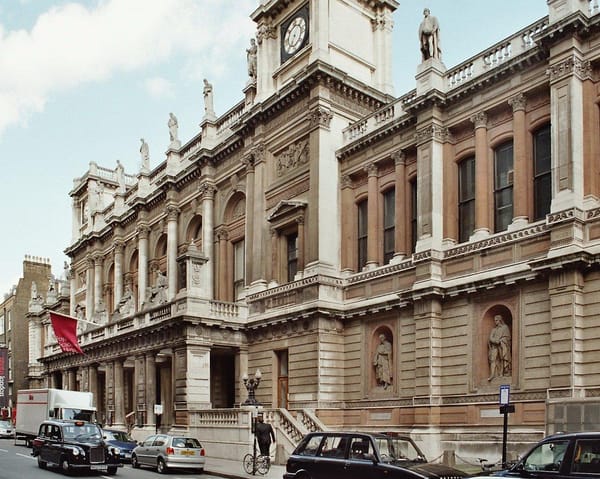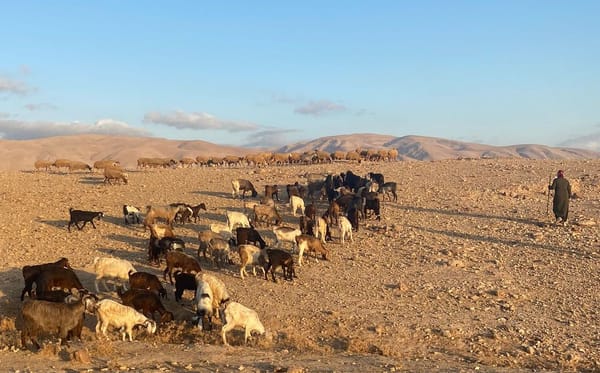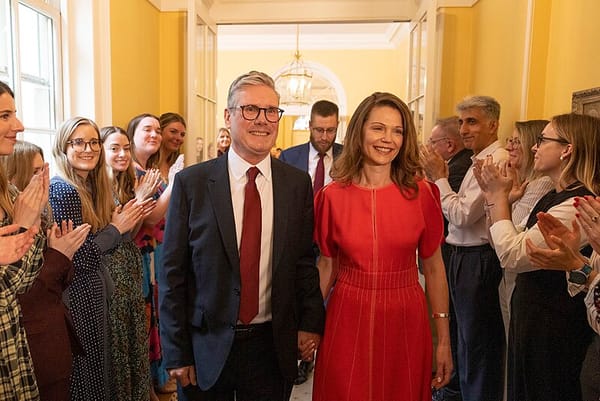Siblings in struggle
How to beat racial capitalism.
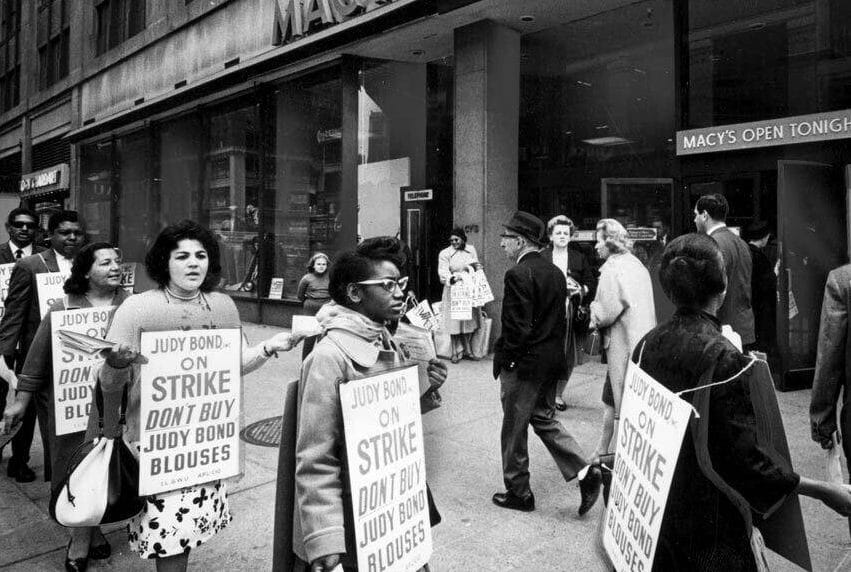
Far too often, Jewish communities’ and Black communities’ values are assumed to be at odds with each other, yet history tells us that could not be further from the truth. Histories of Black–Jewish solidarity show that nationalism, whether it is Jewish or Black, only takes us further from liberation. Oppression olympics – or attempts to frame Jewish oppression as greater or lesser than Black oppression – are ultimately a waste of time.
Yes, we should recognise that assimilation and financial gain shifts our position within society. But we must also recognise that these positions are fragile, contingent, and very easily shifted back according to the needs and interests of capital. We can learn from the Jewish and Black communities of yesterday to see that organising across struggles will always be far more effective defence against racial capitalism than nationalist attempts at liberation.
One such historical example is the labour organising of New York’s International Ladies Garment Workers Union (ILGWU). Founded in 1900 by eleven Jewish men, the ILGWU became one of the largest labour unions in the United States, representing hundreds of thousands of clothing industry workers, most of them women.
By the 1930s, the union’s Harlem branch remained overwhelmingly Jewish, with meetings carried out in Yiddish. This began to change when organisers, such as Rose Schneiderman insisted the union switch to holding meetings in English so that black women could participate.
Nevertheless, bosses continuously attempted to exploit racial divisions by employing Black workers as strikebreakers when the largely Jewish workers were out on strike. Years of proactive organising in Harlem turned this around and by the 1930s both Black and Jewish ILGWU members were integral to organising the “Uprising of the 30,000” of 1933-34, a garment strike by workers demanding a 35-hour working week and minimum wage. At the local level, bosses would counter-attack by targeting Black workers for union-breaking dismissals. However, the union stood firm, demanding equal pay for all, leading to a host of local strikes insisting on the reinstatement of Black workers on equal pay with their Jewish comrades.
The Harlem chapter was also a leader in anti-fascism in 1930s, organising a boycott of goods from Nazi Germany. The ILGWU mobilised in solidarity with German workers in resisting Hitler’s threats to destroy the German labour movement, and would go on to help found the Non-Sectarian Anti-Nazi League, which promoted a global boycott of Nazi products.
The ILGWU’s organising led to improved working conditions in the garment industry and a huge increase in Black union membership. As the industry shifted, the majority of workers and members were African American women while the union leadership was composed of mostly white, Jewish men, who frequently resisted attempts to democratise union structures to reflect the changing membership (oh how little has changed).
While the direction the union eventually took is less inspiring than the radicalism of its earlier years, this should not obfuscate the achievements made on the ground by Black and Jewish organisers who mounted a successful challenge to racial capitalism by mobilising in solidarity as workers.
Black and Jewish communities have united in their struggles to fight for justice across many other organisations, from the Urban League and trade union movement to the Communist Party.
Jewish activists also played a leading role in the founding of the National Association for the Advancement of Colored People (NAACP), when, in 1909, Henry Moscowitz joined civil rights legend W.E.B DuBois in setting up the organisation. Kivie Kaplan, a leader in the Union for Reform Judaism, would go on to serve as the NAACP’s national president from 1966 to 1975.
We can learn from this history that the communities we share proximity to – whether geographically, socially, or politically – are those with whom we are likely to share experiences of struggle and subjugation.
In 2022, anti-semitism is often spoken about by the British mainstream as a unique form of discrimination that differs in substance from other racisms, and hence a discrimination that other minority ethnic groups cannot understand. Not only does this idea erase the experiences of Jews of colour, it also promotes the idea that anti-semitism isn’t linked to wider prejudice and discrimination experienced, for example, by Roma Gyspy communities, Muslims and other racialised groups. Separating ourselves weakens our movements, and gives leverage to the idea that we must only organise on issues that explicitly or obviously affect our community, rather than recognising that these struggles are inherently interwoven.
In his book Reflections on Exile, the Palestinian writer Edward Said said: “Exile is never the state of being satisfied, placid, or secure. Exile, in the words of Wallace Stevens, is ‘a mind of winter’ in which the pathos of summer and autumn as much as the potential of spring are nearby but unobtainable.”
The instability of exile means that we are in a constant state of movement. We are always resisting, always working towards something better. The blessing of being in exile means never settling comfortably in a community, and therefore never setting boundaries on who is in and who is out. As Black people and Jews we learn from our diasporic histories to not be still or placid, but to resist oppression and struggle for the liberation of our own and all peoples.▼
The Black-Jewish Alliance is a collective of radical Black Jews, Black non-Jews & non-Black Jews challenging bullshit, building solidarity and celebrating shared cultures & histories.

